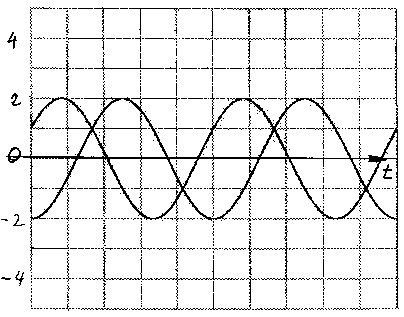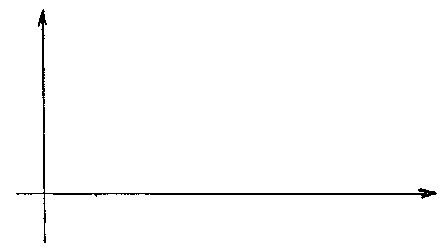- How many oscillations does the string make before the amplitude has decreased to half of the original value?
- if the initial amplitude of the guitar string was 2 mm, how large will be the amplitude after 2 sec? __________ after 4 sec? ___________ after 8 sec?____________
What would have been the frequency if the 2 kg mass was replaced by a 1 kg mass?
| The graph shows the pressure variations from two separate tuning forks.
Show the superposition of the two oscillations, i.e. the pressure variation when both tuning forks oscillate at the same time. | 
|
A periodic force is applied to the oscillator.
- For what frequency of this force does one observe the largest amplitude of oscillation?
- about how many Hz would the frequency have to be raised or lowered to get half as much amplitude of the oscillator?
- When one plots a resonance curve, the horizontal axis shows what quantity?
The horizontal axis shows________________________________________
____________________________________________________________
- The vertical axis shows what quantity?
The vertical axis shows _________________________________________
___________________________________________________________
- Based on the above make an approximate drawing of the resonance curve.
